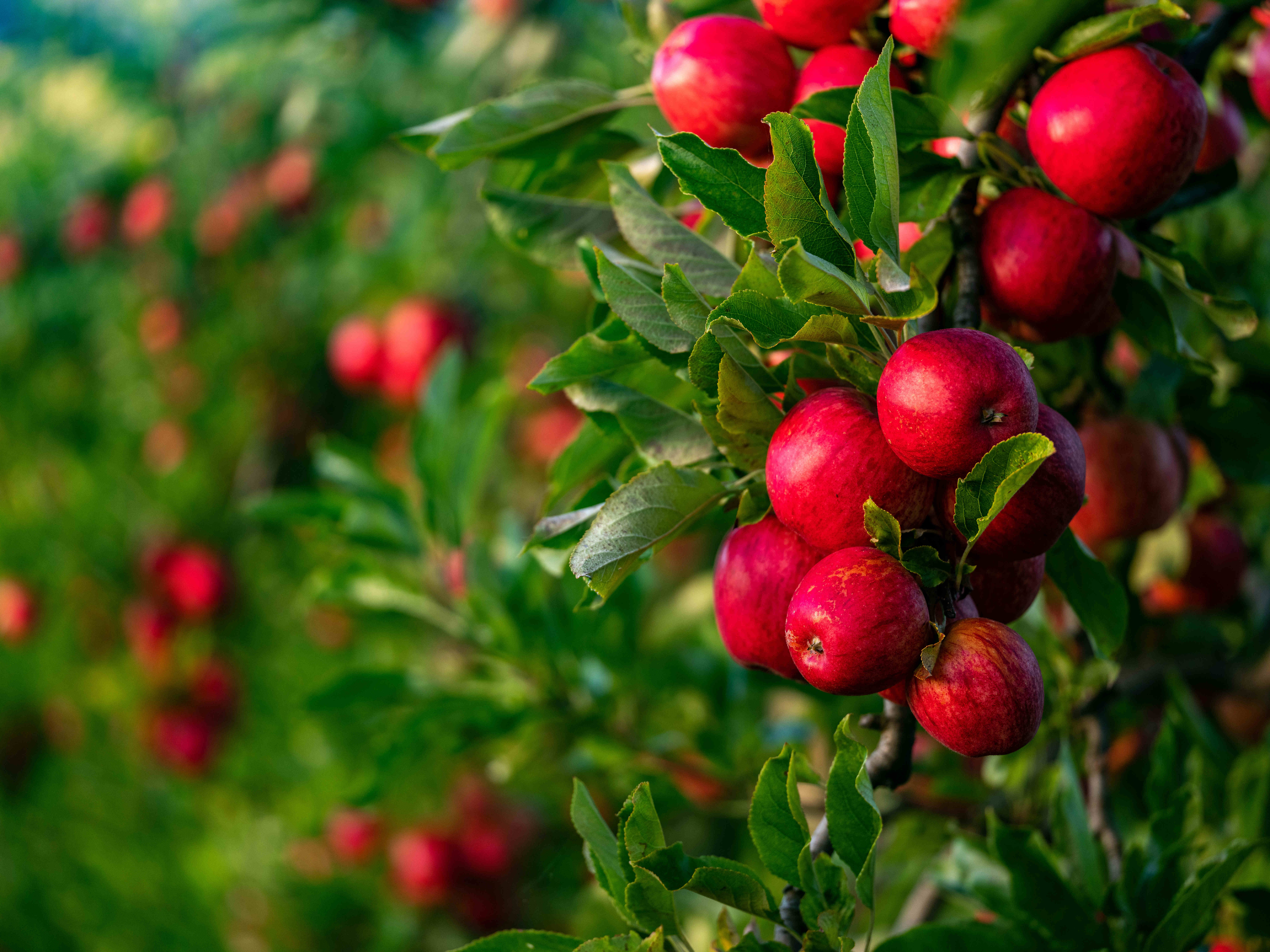Drapeau_Lehner 2D Cherry growing system
Fruit Growers Tasmania | Monday, 15 August 2022, 4.40pm
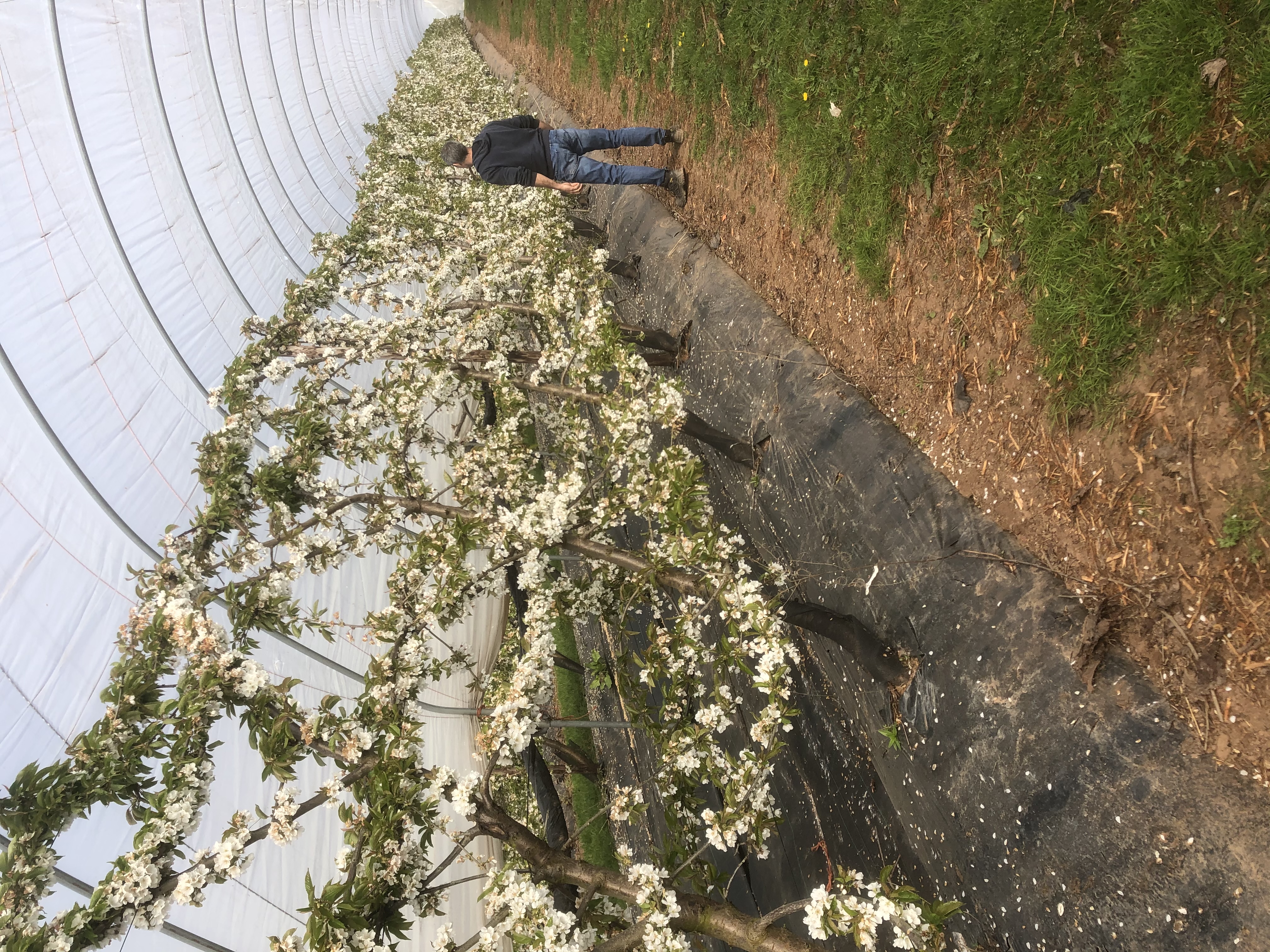
The Drapeau_Lehner 2D Cherry growing system may offer potential for better picking performance and more uniform fruit quality.
Fruit Growers Tasmania Industry Development Officer Lawrence Cowley recently caught up with European consultant Leon Jahae to learn about an older tree architecture system that is finding favour again with growers in the Northern Hemisphere. Mr Jahae is an independent consultant to growers and grower organisations in the UK, Central and Eastern Europe, Kashmir India and China, where he advises tree husbandry, including planting systems and nutrition for stone and pip fruit growers.
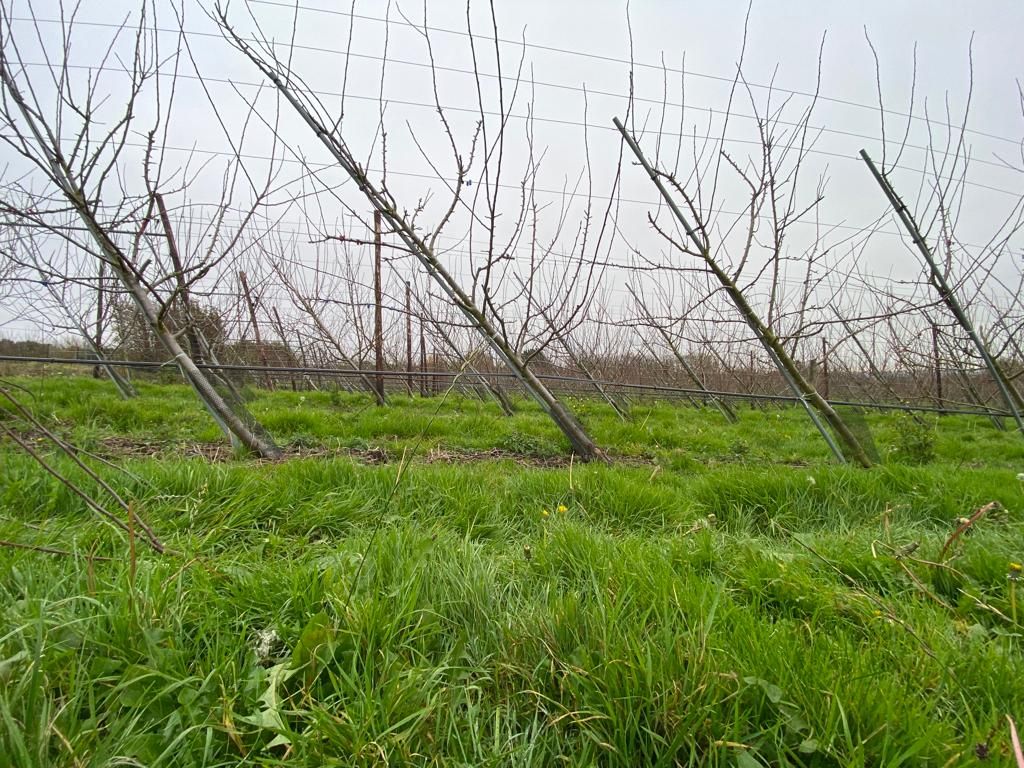
Mr Jahae explains, “So as you know, our biggest limitation is light and in any system, whether its stone fruit or pip fruit, growing cubic metres of production area creates darker areas in the tree canopy.
“Cherries are top growers with extremely strong apical dominance. If growth is not controlled correctly, it can lead to a serious reduction of light distribution and vitality in the lower part of the trees resulting in less productive wood and reduced quality of fruit.
“Often a big problem is that pruning to reduce height results in even stronger top growth, resulting in further deterioration of the lower part of the trees and even more top growth.
“So my first goal is to create systems that allow better light distribution than standard dominant central leader systems.
“The second goal is to get more uniformity in fruit, reduce harvest costs and open the door for automation.”
Mr Jahae supports growers with several different growing systems and, whilst not fixed on it, does promote the Drapeau_Lehner system as his personal favourite.
The system was reintroduced in Europe during the late nineties by the Swiss grower Beat Lehner. Beat refined the system and adapted some changes, but the principles remain the same. According to Mr Jahae, “This system allows the opportunity to develop a fruit-wall without very high-density planting. 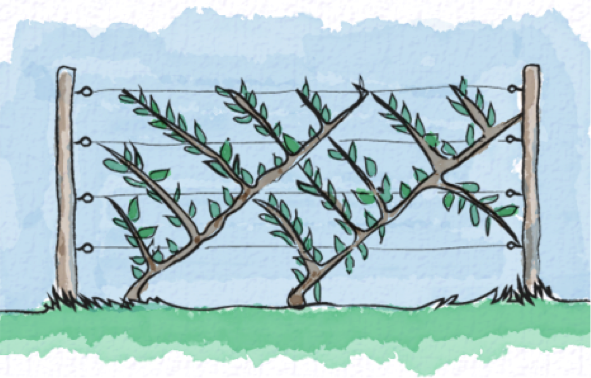
It may take slightly longer to get into production but when fully established has all the advantages that a fruit wall can offer without the additional costs and risks involved
- Allows creation of a fruit wall without high density planting
- Excellent light distribution in the lower part of the trees
- Uniform fruit quality and less need for picking over
- All husbandry can be done from ground level so no need for platforms
- May benefit potential harvest automation in the future
The idea of any wall system is growing more square metres than cubic metres or just more outside rather than inside production wood. In both Drapeau_Lehner and UFO (upright fruiting offshoot) systems, this can be achieved. A three-dimensional system such as a Spanish Bush is in all fairness a large cylinder build up out of several units that, to a degree, have a shading effect on each other”.
Mr Jahae speculates that in the Australian climate this may be less of an issue compared with many parts of Europe. However, he believes 2D systems may allow future robot picking, but for now, their main advantages are uniform fruit, easier husbandry and higher picking performances.
In comparison to wall systems using high-density plantings of 4,000 or more trees per Ha, Mr Jahae highlights the risk that if they do not produce high yields in the early years, the additional costs of establishing these systems will completely eliminate the advantages. In Holland or Belgium, a well feathered knip tree cherry on Gisela rootstock is 10 Euro before any royalty, ex nursery Holland or Belgium.
“I have seen many fights in high-density cherry and plum orchards, and when the high density does not correspond with high early production, which is very much possible in stone fruit and far less in apples, then this is a waste of capital,” says Mr Jahae
“All in all, we can say for sure that production in both Drapeau_Lehner and UFO is higher than in most conventional systems, and both these systems can work well. My personal feeling is that UFO systems are more suitable for Canadian varieties, so more or less the ‘spur’ varieties. The Drapeau_Lehner system allows more short secondary branches to come off the primary branches that have been tied into the wall, producing a fruit wall that is denser with more production wood per square metre than in UFO.”
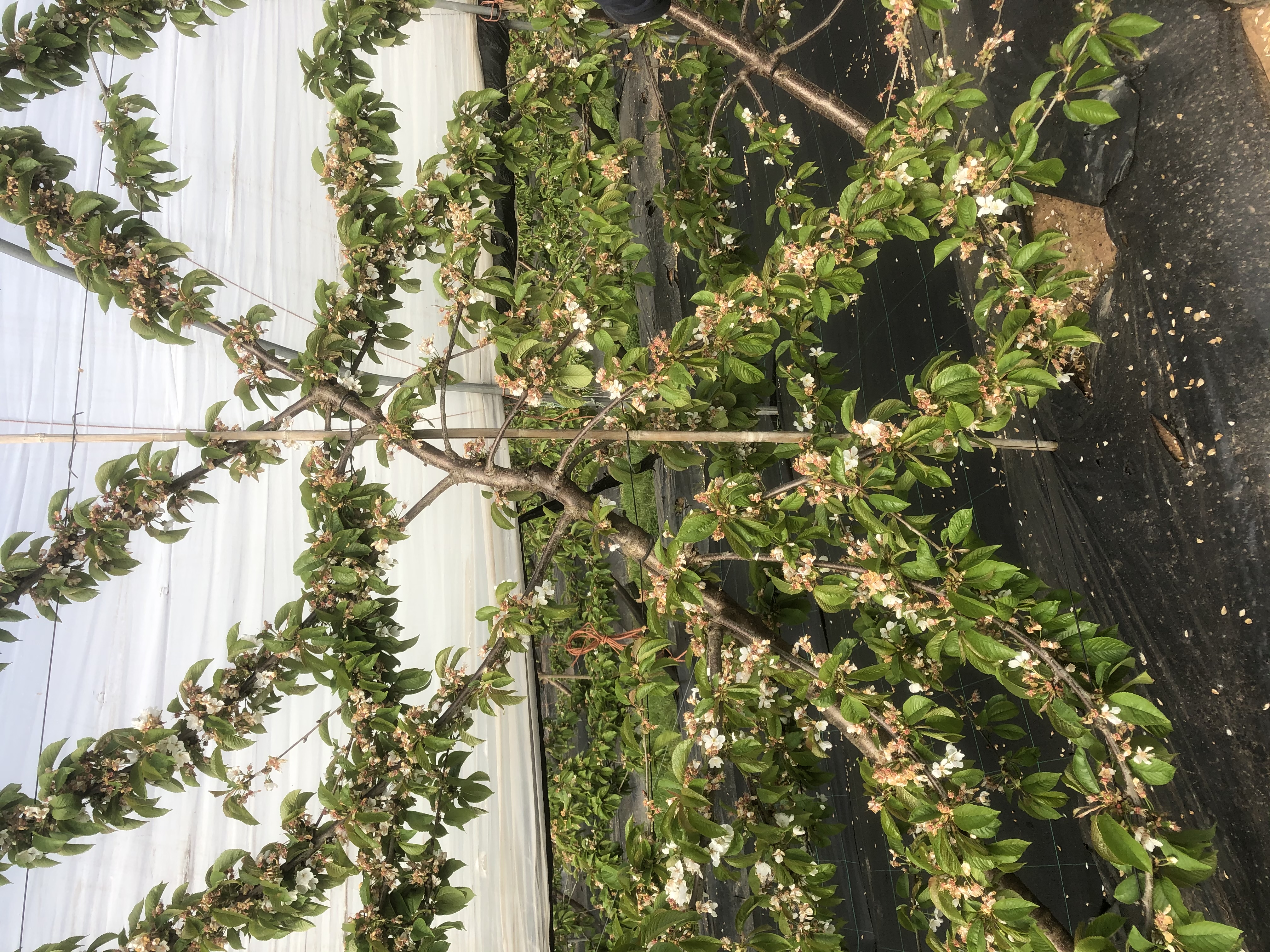
Under the Drapeau_Lehner system, trees are trained so that the central axe grows at a 45° angle along the wall. Side shoots above the original frame are also tied in under a 90-degree angle from the central axe.
“The angled side shoots take a substantial part of the apical dominance away because they compete with the leader and become almost like leaders themselves. In this way, you don't ‘lose’ the trees in the lower part as there is less top dominance and the branches in the lower part of the system retain their vitality.
“Another reason for my preference for Drapeau_Lehner is that due to the 45° degree angle of the central axe and tied in side wood, it takes longer before growth reaches the top wire and potential intervention (cutting into branches or top) has to take place. Furthermore, I often let the leader flow over the top wire and so delay interference for a long time, reducing strong top growth to an absolute minimum and helping to keep the tree under control, in natural balance and very productive.”
Fruit Growers Tasmania is in discussion with Mr Jahae with a view to him presenting more details about this growing system to members at future industry events.
